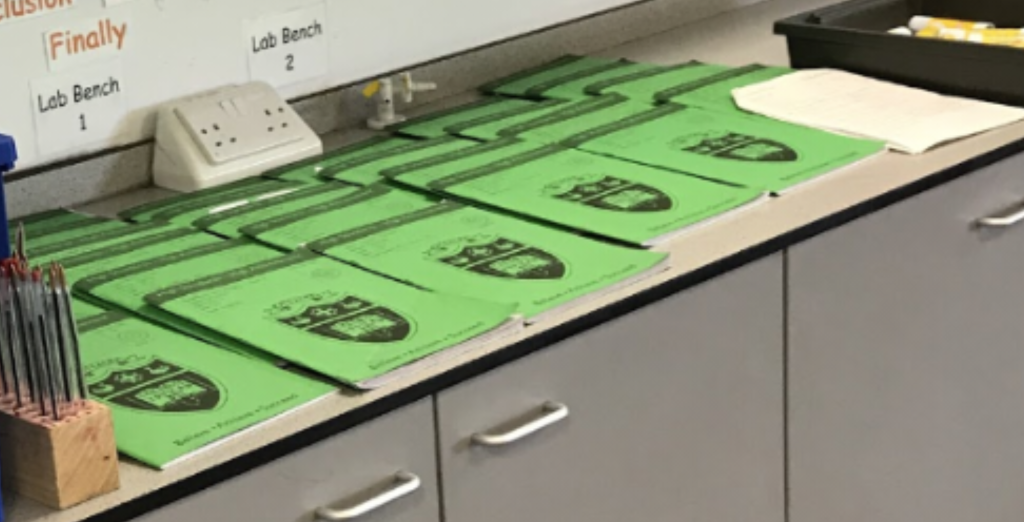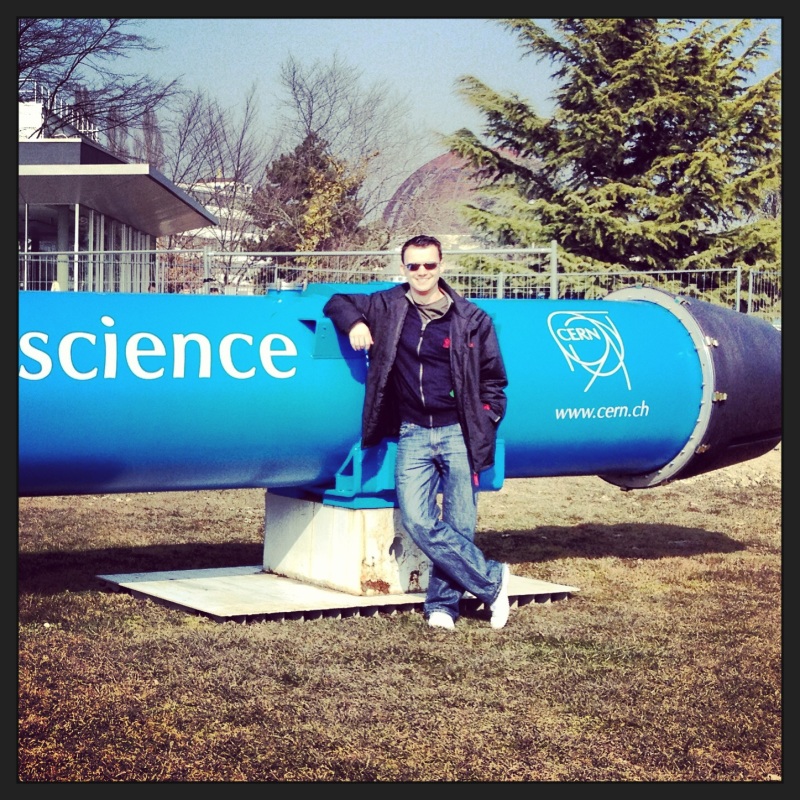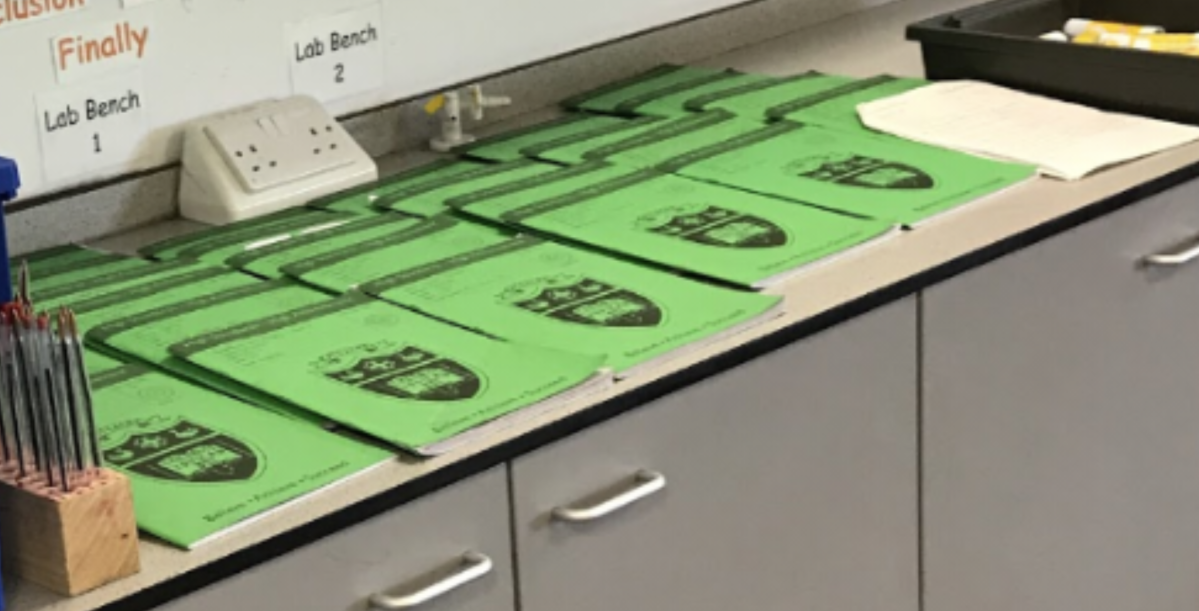
I write this blog post on the eve of a new half term. TAGs are almost completed and our science department are returning to teach in their labs for the first time in over a year. Given the latter it feels like a good time to revisit my own lesson starts and to share what has worked so well for me in my lab in terms of how best to begin a lesson.
As always I promise no original ideas, just well rehearsed and practiced routines.
Having a lab that is “lesson ready”.
Prior to the class arriving I ensure that my room is “lesson ready”. By this I mean:
- A carefully constructed seating plan that considers the dynamics of the room. I am a big believer in the use of seating plans to mitigate any potential behaviour issues first. If behaviour is not good, teaching is less effective. I seat boy / girl in the first instance and adapt the plan as the half term progresses. Checking your plan with the HoY is excellent practice as they will often have insights into pupil relationships that I do not.
- Books laid out on the side bench, names visible.
- Resources required for the lesson, laid out on the side bench. (Mini white boards, worksheets, glue, etc.)
- Lesson resources open on my computer with the “Do now” activity displayed. In my department this is Tassomai retrieval practice or a “quick fire 3” set of questions for those without access.
As the pupils arrive.
I greet the pupils at my door with a huge, genuine smile. I politely remind them to line up quietly, checking and politely challenging uniform issues. It is vital that the pupils are clear on my expectations of their dress before entering the lab. They are here to work!
“Jimmy, tuck your shirt in, thank you.”
“Angela, take your coat off whilst inddors, thank you.”
“Your phone needs to be off and in your pocket Elliott, thank you.”
I find closing these simple reinforcements with a “thank you” leaves the pupils with the clear impression that the correction is expected, not requested. It’s polite and it works most of the time!
Finally I speak briefly to the line instructing them to collect their books and equipment from the side bench and to stand behine their seats and “prepare to learn”.
Entering the lab.
As the pupils enter the lab I try my best to make eye contact and welcome each one of them, using names as often as possible. I reinforce my earlier instruction of “stand behind your seats and prepare to learn.”
So what is “prepare to learn?”
I teach my pupils that being prepared to learn is as follows:
- Coats go on the back of chairs
- Bags go neatly under desks
- Pen, pencil, ruler, red pen and planners are placed on the desk
- Exercise books are placed on the desk
It is vitally important here to “narrate the positive”. This is another opportunity to build / reinforce positive relationships and also acts as a reminder to those pupils who are not yet doing what you expect them to.
“Finlay has his equipment out, brilliant!”
“Erica is ready to learn, well done!”
Children are deserving of our attention. Let’s make it positive as often as possible!
So why is this important? To put it simply I would much rather spend a few minutes at the start of the lesson ensuring that pupils have everything that they need to participate in my lesson, rather then having to stop and start several times to pass out a ruler to Jimmy and a red pen to Angela!
When I am satisfied that the class are ready (or as many of them as possible), I instruct them to sit down, write the date and title and begin their “do now”.
The Do Now.
There are plenty of bloggers out there who have written extensively about retrieval practice and the “do now”, so I will not further justify this here. I think we can all agree on the benefits of a bit of retrieval practice!
What I do ensure is that the “do now” follows the same format every lesson. Some may disagree with this however I find that it forms an incredibly important aspect of the routines required to ensure a purposeful lesson start. Very occasionally I may deviate but only when the need of the lesson dictates it, for example if I need to get quickly into a demonstration of a class practical or step one of a slow practical.
Our “do now” requires the students to either complete a fixed period of time on Tassomai (on their phones) or to answer 3-5 random reteival questions from the board. These are completed in full sentences in their books and reviewed by the teacher at the end of the period of time allocated.
During this time I call the register. I believe we have a responsibility to teach the pupils several modes of speak. i.e. when to be polite, professional or less formal in our speech. I also believe in teaching the pupils about respect at every opportunity. For these reasons I always give the following instruction prior to launching my register:
“By responding with “yes sir” or “here” sir, can you please help me take the register.
By front loading my instructions I am ensuring the pupils hear the “how” before the “what”. This leads more of the pupils doing what I want more of the time.
Ready to teach.
All of the above ensures that I have a strong start to my lessons in which my expectations are made super clear, retrieval practice has taken place and I have sought out opportunities to have positive interactions with my pupils.
I’d love to hear what works for you! I can be found over on twitter at @DJGTeaching.
Thanks for stopping by.


Yes, “a strong start to my lessons” is correct but some of the practice may not be available in particular situations eg disruption of (deliberate) late arrival, open plan classrooms … and other of my grim experiences
LikeLiked by 1 person
Indeed. As with most things in education, context is king. Clear and consistent routines need to be established within the constraints of your own context. I appreciate this can be quite challenging in some circumstances.
LikeLiked by 2 people
[…] have a set routine for lesson starts and lesson ends (you can read more on my views on the former here). Once the configuration of a room and its inhabitants are secured, the next step is checking that […]
LikeLike